There’s no way around it: discussing varinic acid cannabinoids is going to require some chemistry discussion. Let’s get right into it.
When tracing each cannabinoid back to its origin in the cannabis plant, there’s always an acid form early in the chain of biosynthesis. THCV, for example, isn’t produced directly by cannabis trichomes. Just as delta 9 THC is born from the acid THCA, THCV is the direct descendant of tetrahydrocannabivarinic acid, or THCVA.
Removing an acidic carboxyl group impacts all varinic acids in much the same way. Cannabigerovarinic acid (CBGVA) converts into CBGV, cannabidivarinic acid (CBDVA) into CBDV, and cannabichromevarinic acid (CBCVA) into CBCV.
Acidic cannabinoids are unstable. Carboxyl groups are easily lost when exposed to high heat or UV rays. That’s not good for hemp manufacturers, since cannabis products containing acids are at risk, both during and after production, of being converted to their non-acidic forms by heat or light.
What are varinic acids? Are they cannabinoids?
Yes, each of the varinic acids is a naturally derived cannabinoid, also known as a phytocannabinoid. Acids occur earlier in the plant’s biosynthetic chain than their non-acidic peers, whether we’re talking about delta 8 THC or HHC.
The varinic acids are carboxylated precursors of varins like THCV and CBDV. Removing an acidic carboxyl group—two oxygens and a single carbon atom—will convert the acid into its more stable, non-acidic form.
It sounds complex, but biosynthesis is routine to the cannabis plant’s life cycle. Even stable compounds aren’t entirely stagnant.
In just about every case, popular cannabinoids are descendants of CBGA, known as the “mother cannabinoid.” CBGA is produced by olivetolic acid. Varins, however, are derived from divarinolic acid. Once CBGVA occurs in the plant, enzymes convert it into either CBDVA, CBCVA, or THCVA. Decarboxylating CBGVA leads directly into CBGV.
Unlike THCA and other non-varin acids, the varinic acids have a propyl (three-carbon) side chain, rather than a pentyl (five-carbon) chain.
THCA vs the varinic acids
For comparison, let’s look closer at THCA, the best-known acidic cannabinoid.
Hemp manufacturers frequently tout THCA as a fully legal loophole to delta 9 THC. Nitpicks about conversion rate aside, there’s truth to the claim. THCA is chemically volatile and rapidly becomes delta 9 THC with heat, age, or UV exposure. Firing up a vape is enough to convert the acid into a new (and federally illegal) cannabinoid.
Minus some skirting around the law, varinic acids function the same way. The only way to consume raw CBGVA, CBDVA, THCVA, or CBCVA is through minimally processed oils and capsules produced without heat. As soon as the cannabinoid is heated, it’ll convert into CBGV, CBDV, THCV, or CBCV, respectively.
We’re speaking in hypotheticals, of course. Varinic acids are not accessible to the average consumer.
None of the varinic acids will get you high. As with other acidic cannabinoids, CBGVA and its companions have insignificant binding affinities with the body’s CB1 and CB2 cannabinoid receptors.
Decarboxylating most varinic acids won’t alter this part of the experience. Even after they’ve lost their acid group, CBGV, CBDV, and CBCV also can’t bind to the necessary endocannabinoid receptors.
THCVA and THCV are exceptions, with a few twists along the way.
In isolation, pure THCV may be mildly psychoactive, unlike THCVA. Older research found it to be around 25% as potent as delta 9 THC. These results have been challenging to replicate, however, given the heavy influence of dosing and chemical interactions on THCV’s effects.
Ingesting low doses of THCV alongside THC could morph it into a neutral CB1 antagonist, hindering delta 9 THC’s binding capacity, and potentially reducing the intensity of your high.
What are the effects of varinic acids?
Since all four of the varinic acids are understudied, it’s difficult to examine them without some speculation. But we’re not without hope. Research into varinic precursors has picked up steam over the past couple of years, especially in the cases of CBGVA and CBDVA. Others have received small bursts of attention beginning in the mid-2010s—at least in the context of tangentially related research.
All four varinic acids were first described in 1977 by Japanese researchers. At the time, little was known about the cannabinoids outside of their structures.
What are the effects of CBGVA?
While the other varinic acids derive from it, CBGVA itself is created by non-cannabinoid interactions within the plant. There’s no other cannabinoid known to precede it or convert directly into CBGVA. Even CBGA, cannabis’s other primary precursor, can’t become CBGVA regardless of the enzymes it comes into contact with.
Specific enzymes or chemical changes determine which cannabinoid CBGVA becomes:
- THCVA (via THCA synthase)
- CBDVA (via CBDA synthase)
- CBCVA (via CBCA synthase)
- CBGV (via decarboxylation)
Only the last example requires the non-enzymatic removal of CBGVA’s acid group. That’s also where we find a key distinction between the CBGVA and CBGV: the former is volatile and acidic, while the latter is non-acidic and more stable. If CBGVA holds onto its acid group and becomes another acidic varin, it remains unstable.
CBGVA seems to have therapeutic value, though researchers haven’t worked out the details. In late 2022, CBGVA was found to inhibit T-type calcium channels, or pathways in charge of neuronal excitability. The acid thus shows early promise as an anticonvulsant.
Despite its close relation to CBGV, CBGVA appears to have more in common with CBD when we consider real-world applications. It’s similarly unclear whether CBG has anticonvulsant properties. Our understanding is limited, but CBGVA may be unique in this aspect among the CBG variants.
What are the effects of THCVA?
THCVA is the byproduct of CBGVA converting via THCA synthase. It appears to possess similar effects as its decarboxylated form, THCV, with a few perks for researchers—namely, improved versatility and better shelf-life.
Other than its practicality for research teams and synthesis from CBGVA, next to nothing is known about THCVA. Thus far, studies have not examined it closely.
Given its seeming similarities to THCV, THCVA may help reduce inflammation and appetite.
What are the effects of CBCVA?
CBCVA, the acidic variant of CBCV, is created by way of CBGVA and CBCA synthase.
Not unlike THCVA, little is known about CBCVA’s direct effects. Recent evidence suggests that it likely has anticonvulsant properties.
It’s not yet clear, but there’s suspicion that CBCVA shares characteristics with CBC, a cannabinoid with impressive anti-inflammatory and analgesic abilities. CBC might also help fight tumors and alleviate symptoms of Crohn’s disease.
Will CBGVA, CBDVA, THCVA, and CBCVA show up on a drug test?
Should they become commercially available, it’s unlikely that varinic acids alone will cause a failed drug test. However, don’t take this as a free pass to ingest limitless hemp before a screening. There’s no guarantee that you’re consuming any cannabinoid in isolation.
Drug tests are searching for THC-COOH, the primary inactive metabolite of delta 9 THC and several other psychoactive cannabinoids. For most users, THC is processed swiftly by the liver, with metabolites lingering for days to weeks after use. Chronic users may hold onto metabolites for over a month.
Any hemp product could also contain trace amounts of cannabinoids like delta 8 or delta 9 THC.
Are varinic acids legal and where are they sold?
While all four of the varinic acids are legal hemp cannabinoids in the United States, they aren’t sold commercially. Research laboratories have substantially easier access than the general public.
There don’t appear to be any CBGVA, CBCVA, or THCVA products sold online or in brick-and-mortar hemp shops or cannabis dispensaries. We came across one supposed CBDVA extract available for purchase, but otherwise, it’s only lab samples.
Future acidic varin products will need to abide by the 2018 Farm Bill’s regulations. As long as the cannabinoids in a product are found naturally in hemp, and the total delta 9 content doesn’t exceed 0.3% by dry weight, it’s federally legal in the United States (state laws vary).
In the meantime, consider tiding yourself over with the varins that are commercially available: THCV and CBDV. Even these extracts are few and far between, but oils, edibles, and vape products are out there.
President Trump promised during his election campaign to “save vaping," but his administration has undermined that goal at every turn.
The U.S. disposable vape market has grown to $2 billion in annual sales, although nearly none of the products are authorized by the FDA.
More than 30 bills that would impose severe restrictions vaping consumers’ product choices remain active in U.S. state legislatures.
The Freemax REXA PRO and REXA SMART are highly advanced pod vapes, offering seemingly endless features, beautiful touchscreens, and new DUOMAX pods.
The OXVA XLIM Pro 2 DNA is powered by a custom-made Evolv DNA chipset, offering a Replay function and dry hit protection. Read our review to find out more.
The SKE Bar is a 2 mL replaceable pod vape with a 500 mAh battery, a 1.2-ohm mesh coil, and 35 flavors to choose from in 2% nicotine.

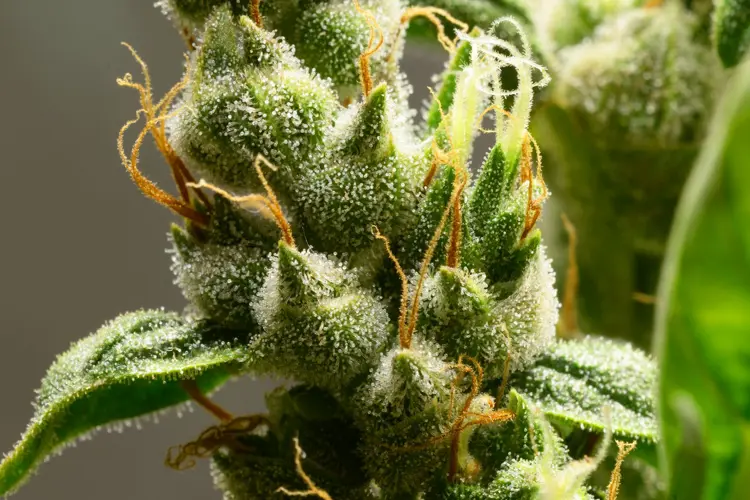
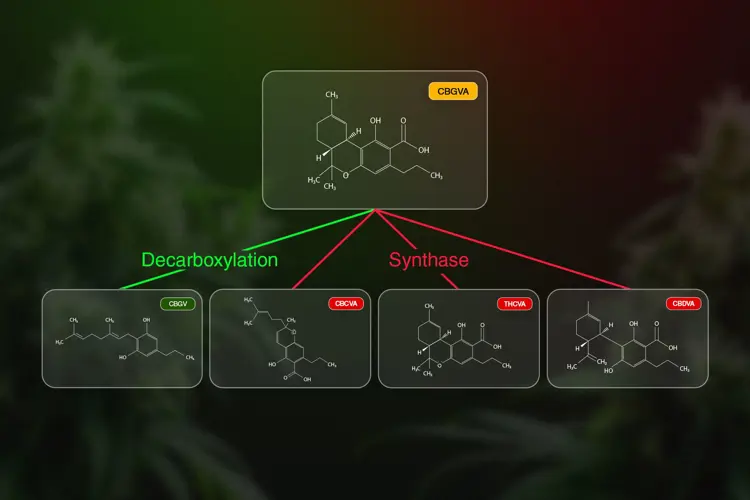









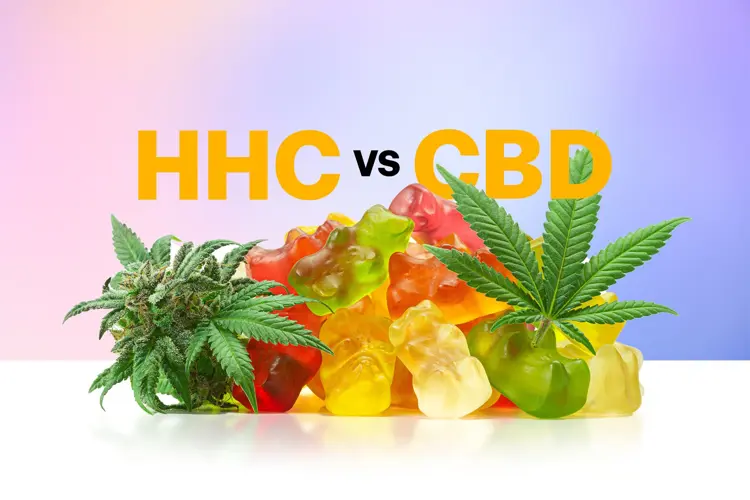
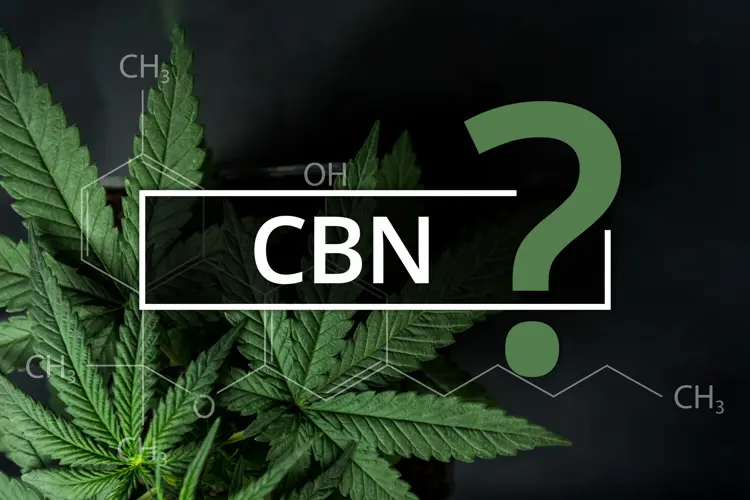
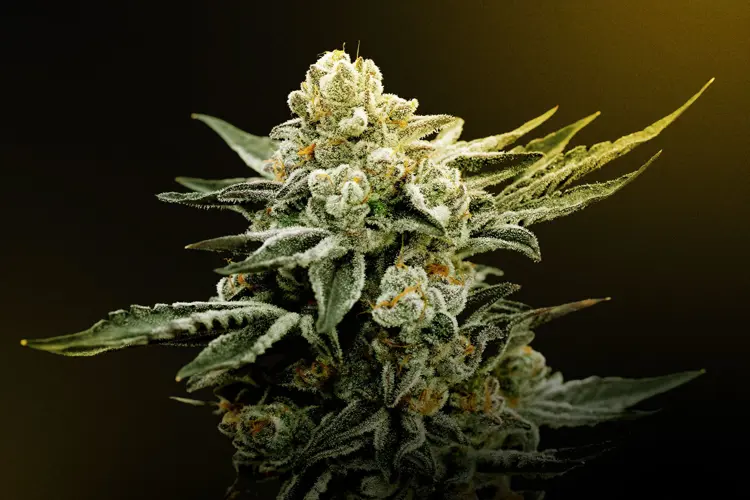
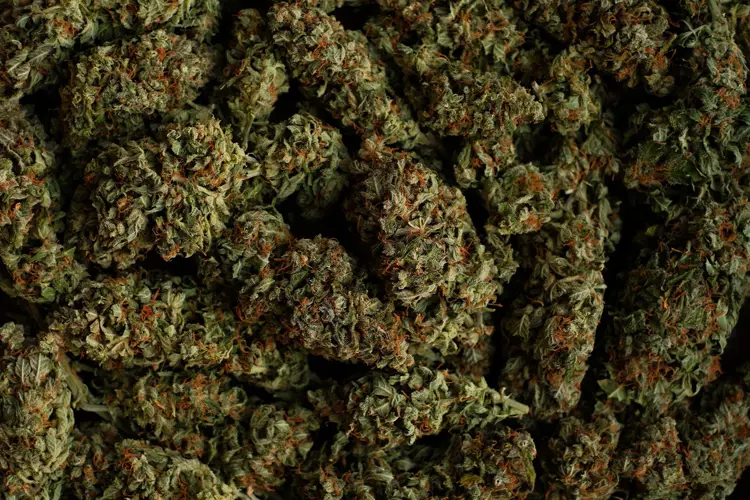

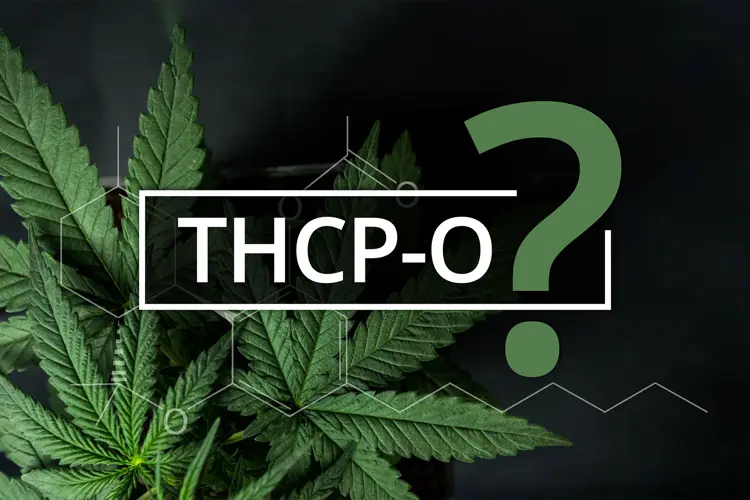
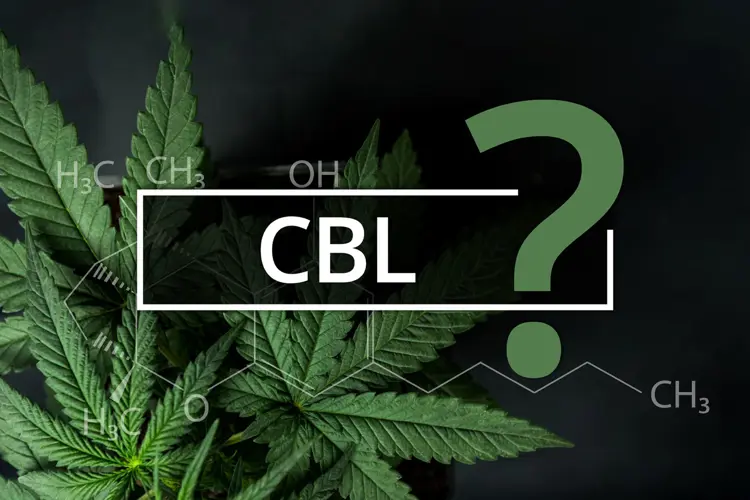
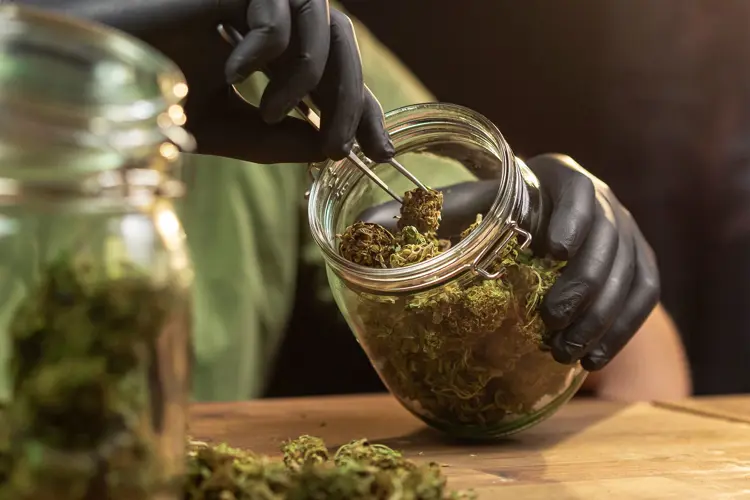
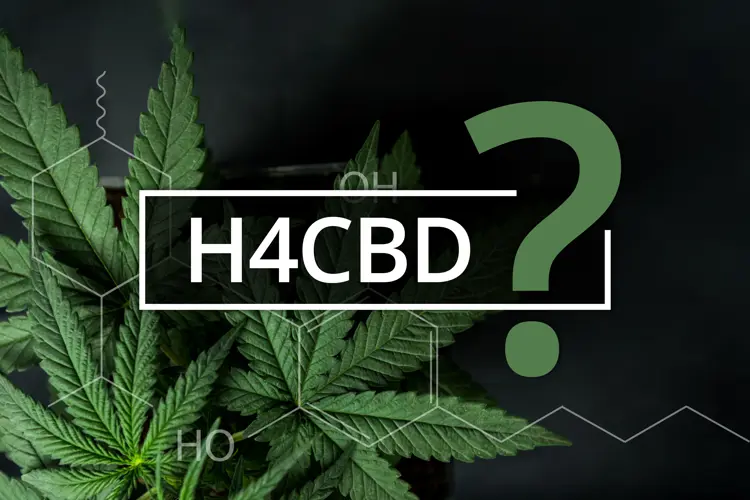
![Image for What Is THC-JD? Legality, Effects, Potency Explored [Update]](https://media.vaping360.com/images/what-is-thc-jd-thumbnail-20a40b517a.webp?imageType=Standard)
